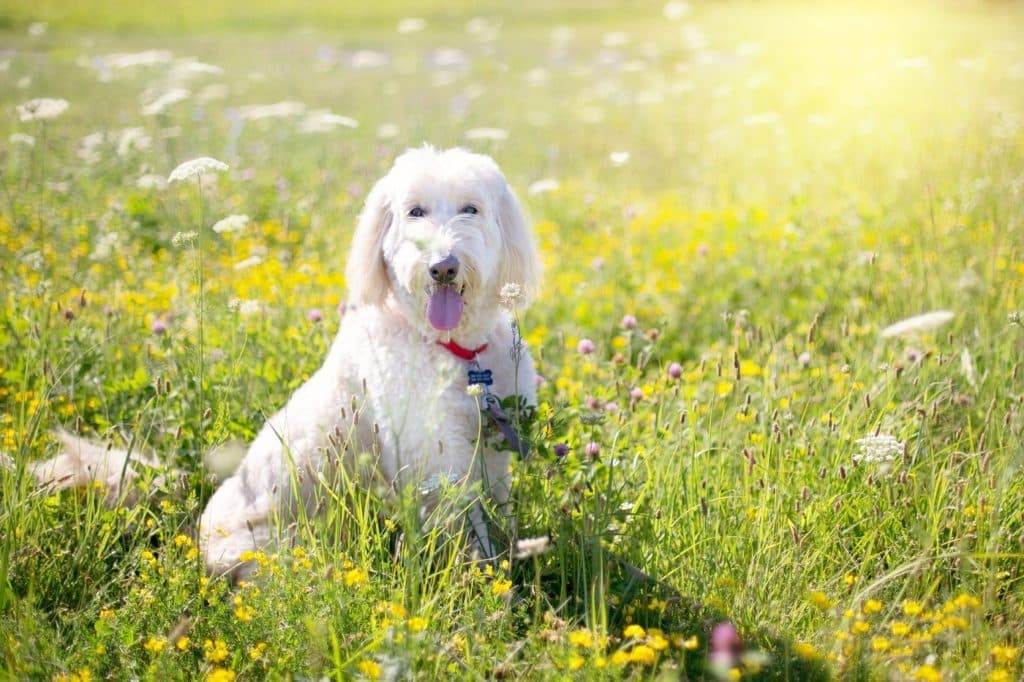Dog Health, Dog Lifestyle
Easy ways to help your dog cope with summer allergies
Summer: a time to get out into the great outdoors and enjoy the great British sunshine. While this sounds tempting (and perhaps a little optimistic!), for many it can also come with an added dose of sneezing, itchy eyes, and congestion. Yep, we’re talking about summer allergies – and our four legged friends are not immune.
If you’re asking yourself whether dogs can have allergies, the answer is: yes, they can! Seasonal allergies in dogs are common, with the causes varying from month to month. Summer comes with its own host of irritants – but fortunately, there are plenty of ways you can help your dog to cope with seasonal allergies and live their best life this summer.
From the common dog allergy symptoms to look out for, to ways you can help your dog, take a look at our guide to summer allergies in dogs.
Summer allergies in dogs: Signs and symptoms
How can you tell if your dog is suffering from summer allergies? Some of the symptoms to watch out for are similar to those seen in humans with allergies; some are a little different. Unfortunately, as much as we’d love them to be able to, our dogs can’t talk – which leaves it up to us, their humans, to look out for any signs of irritation and discomfort!
The list of what to look out for includes:
- Irritated or watery eyes
- Sneezing
- Runny nose
- Excessive itching, chewing and/or scratching
- Sore looking, dry or flaky skin
- Hair loss
- Itchy or irritated paws
- Excessive paw licking or biting
- Tired or lethargic
This list is by no means exhaustive – so if you notice your dog behaving differently right after spending time outdoors, it may be time to act.
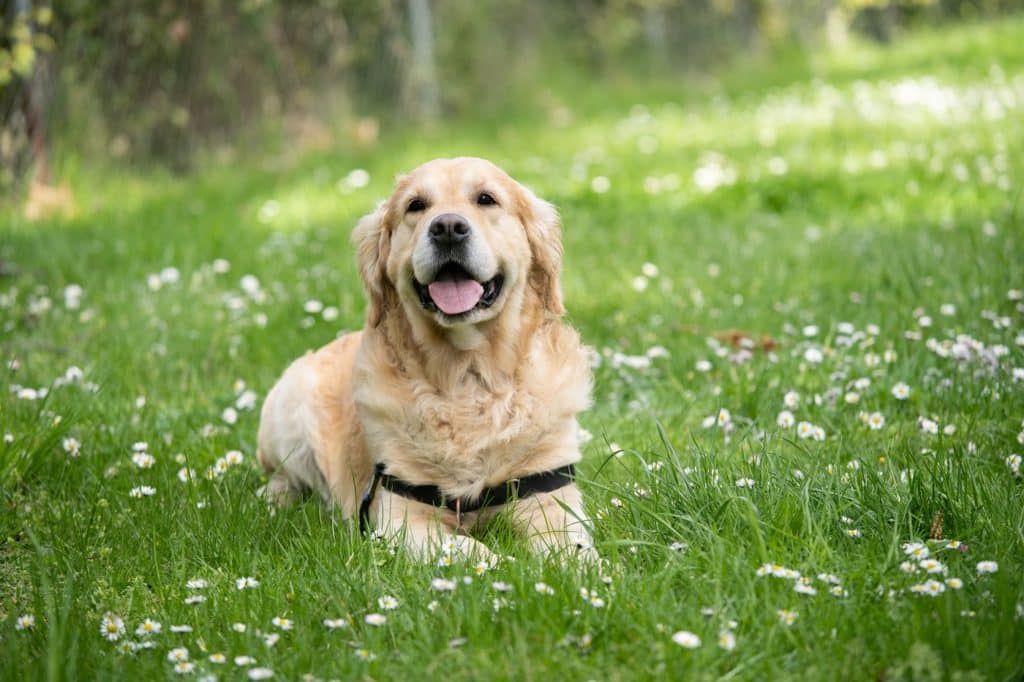
Common allergens for dogs
So, what could your dog be allergic to? Common summer allergens for dogs include:
- Grass (including grass seeds)
- Pollen
- Weeds
Other seasonal allergens for dogs include:
- Flea saliva
- Mould spores
- Fungi
Why do dogs have allergies?
Allergic reactions are caused when your dog’s immune system reacts to an allergen: whether that’s pollen, grass seeds or something else. Allergens themselves are not dangerous, however our dog’s bodies can identify them as a threat and react accordingly, releasing histamines to try and cope with the ‘danger’.
The reason why this happens isn’t clear, however the result is often discomfort for your dog.
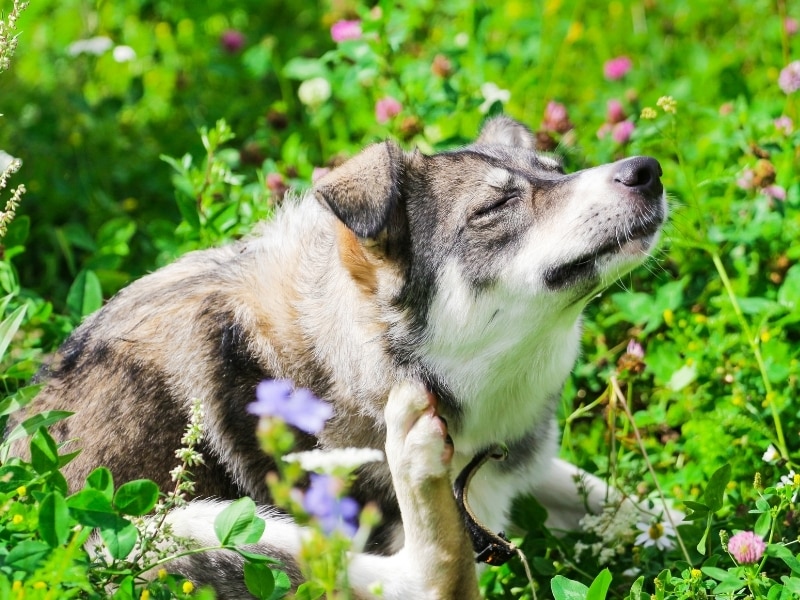
7 ways to help your dog cope with summer allergies
1. Give their immune system a little extra support
During the summer months, your dog’s immune system may be working overtime as it fights the perceived danger of allergens. Give it an extra boost by ensuring they’re eating a well rounded diet, packed with all the vitamins and nutrients they need to help them stay happy and healthy.
It may also be worth considering adding extra Omega-3 to your dog’s diet; and using a tailored canine supplement like The One for an Itch, aimed at supporting your dog from the inside out in the fight against allergies.
2. Bathe your dog more regularly
Pollen can settle on your dog’s coat while out walking – so giving them a bath, or wiping them down, when they get home can help. A soothing post-walk bath can also help to relieve any itching: make sure to use a gentle, hypoallergenic shampoo.
On the flip side, you’ll want to be careful not to bathe your dog too much as this can cause further irritation. One to three times a week during the summer is more than enough. Between washes, you can use a pet wipe or a clean, wet towel when they get home from their walk to safely remove any excess pollen from their coat.
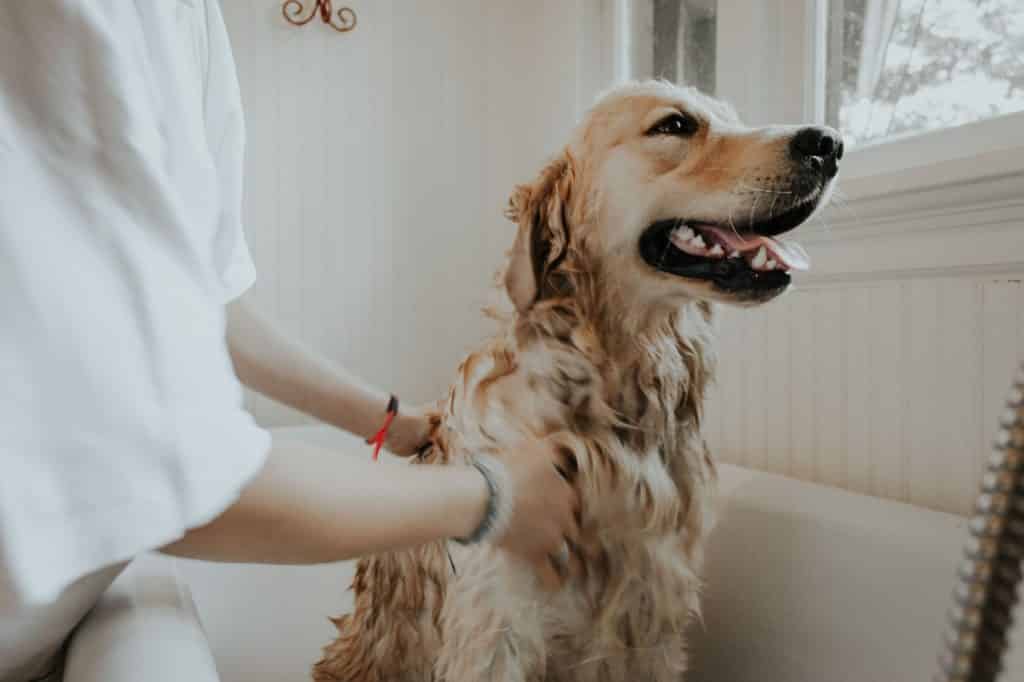
3. Wash your dogs bedding
Allergens can hang around in your dog’s bedding, or on surfaces where they sleep (perhaps they’re lucky enough to be allowed onto the sofa or even your bed!). Keeping these clean will help to reduce the amount of allergens your dog comes into contact with, so give bedding a weekly wash to keep it fresh.
4. Get out the vacuum
On the topic of cleaning, vacuuming a minimum of once a week is also key to minimising allergens in your home. Use a vacuum with a HEPA filter, and pay extra attention to rugs and carpets, where allergens are more likely to build up.
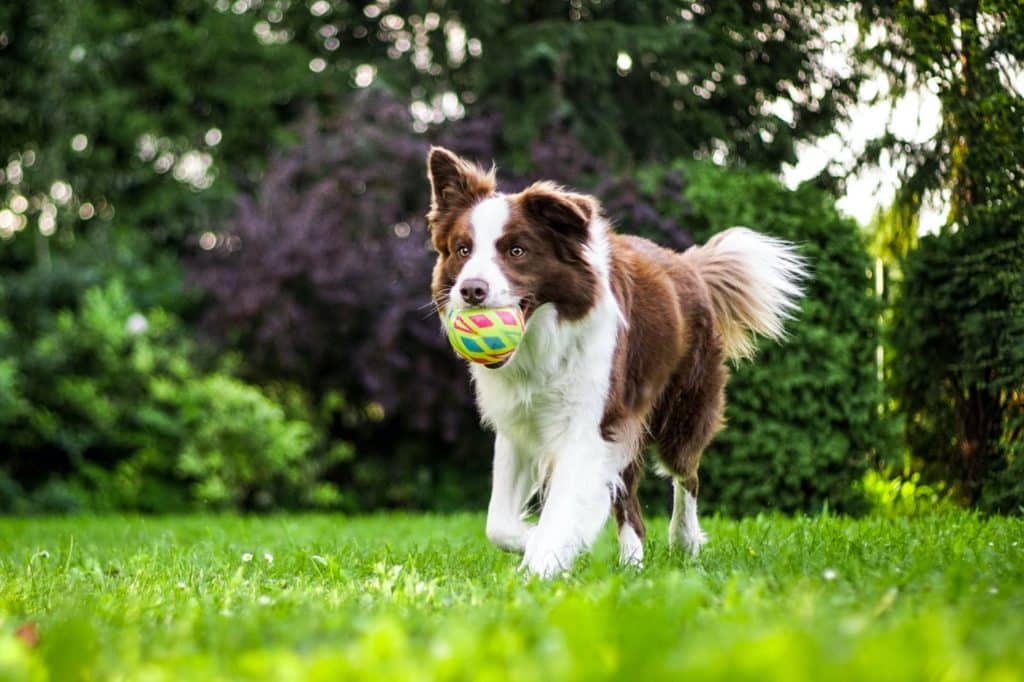
5. Check the pollen count
Your dog may love a good walk, but on days when the pollen count is too high it could be worth foregoing in favour of indoor play – whether that’s through exercising them at home, or taking them to an indoor doggy play centre.
Failing that, find a window in the day where the pollen count is at its lowest for your daily dog walk; and if possible, adjust your route to avoid high pollen areas.
6. Clear the air
If your pooch suffers badly from summer allergies, you may want to consider investing in a good quality air purifier. Not only will this help to keep the air in your home nice and clean for you, it will also help to remove any irritating allergens which bother your dog at the same time! Great for both dogs and humans: it’s a win win.

7. Visit the vet
If you notice a change in your pup’s behaviour or health, we would always recommend consulting with your vet. While there are plenty of things you can do at home to help your dog feel better and cope with seasonal allergies, a trip to the vet will rule out anything more serious. They may also be able to recommend an allergy treatment for your dog.


